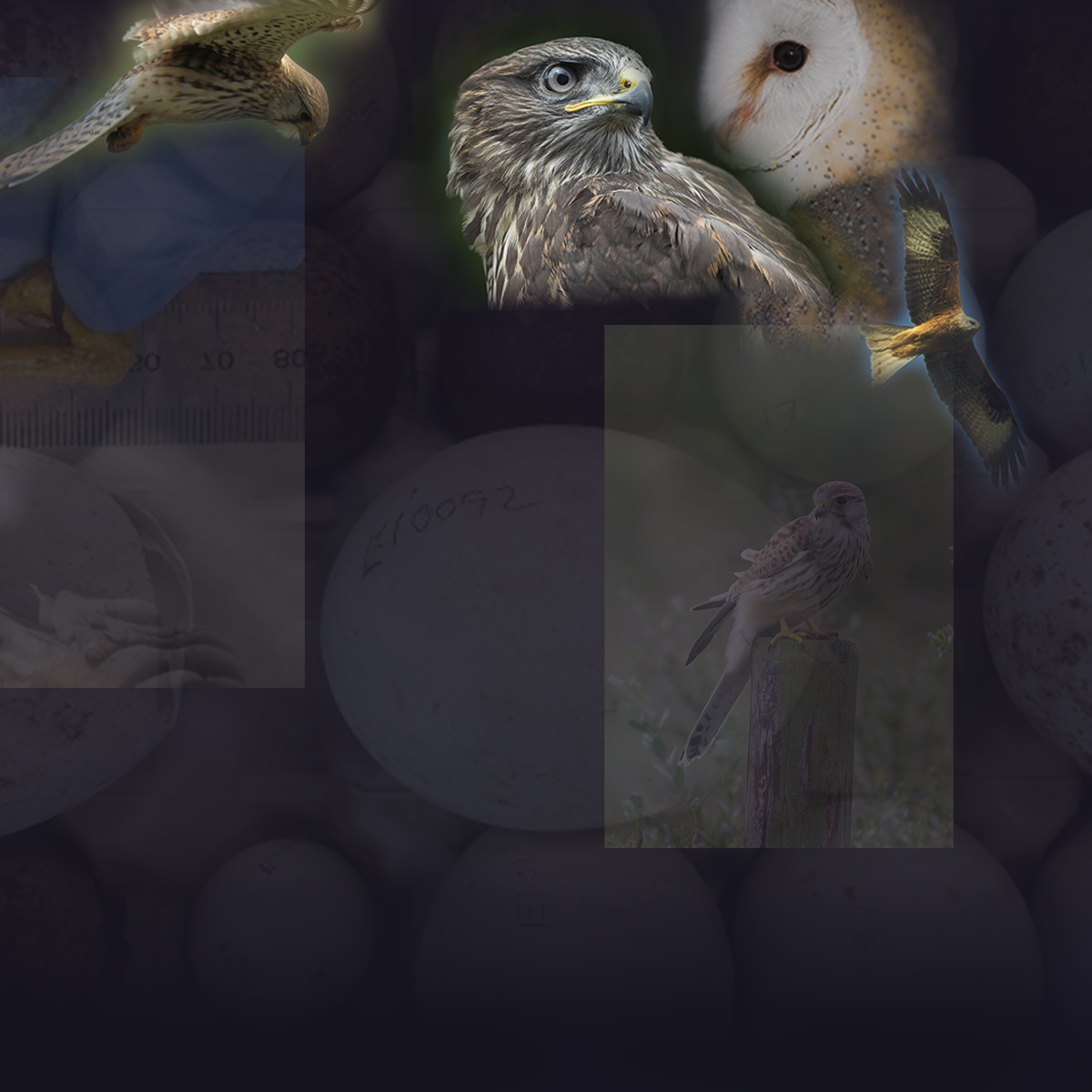We maintain an archive of tissue samples, which is a valuable resource. Archived samples are used to study chemical fate and behaviour, to trial new monitoring methods and for a wide range of conservation-related studies. Many of these studies are conducted in collaboration with other research groups. Contact us with enquires about accessing archived PBMS samples.
PBMS archived specimens are maintained at -18ºC in a freezer holding more than 37,000 samples (stored in jars and bags in numbered trays) that date back to the late 1960s. Details such as each sample's provenance, biometric information and chemical residues are recorded in a database, which also helps us to quickly locate samples within the archive.
Bird postmortems
We receive up to 400 bird carcasses and 200 eggs per year. A postmortem examination is carried out on each carcass, during which observations are recorded and a range of tissue samples are retained for the PBMS archive.
Bone samples
The archive includes bone samples. These can be a useful sample type for estimation of long-term exposure to toxic metal lead (Pb). Bone samples retained by the PBMS are 'cleaned' prior to analysis using flesh eating Dermestes maculates beetles. The video below shows beetles cleaning a sparrowhawk carcass following postmortem.
Egg samples
Eggs received from licensed collectors are “cracked” and the contents are homogenized prior to storage in the PBMS archive facility. The shells are washed, dried, weighed and labelled with a unique sequential egg reference number. The shells are retained for two years prior to being donated to National Museums Scotland for cataloguing & archiving.
